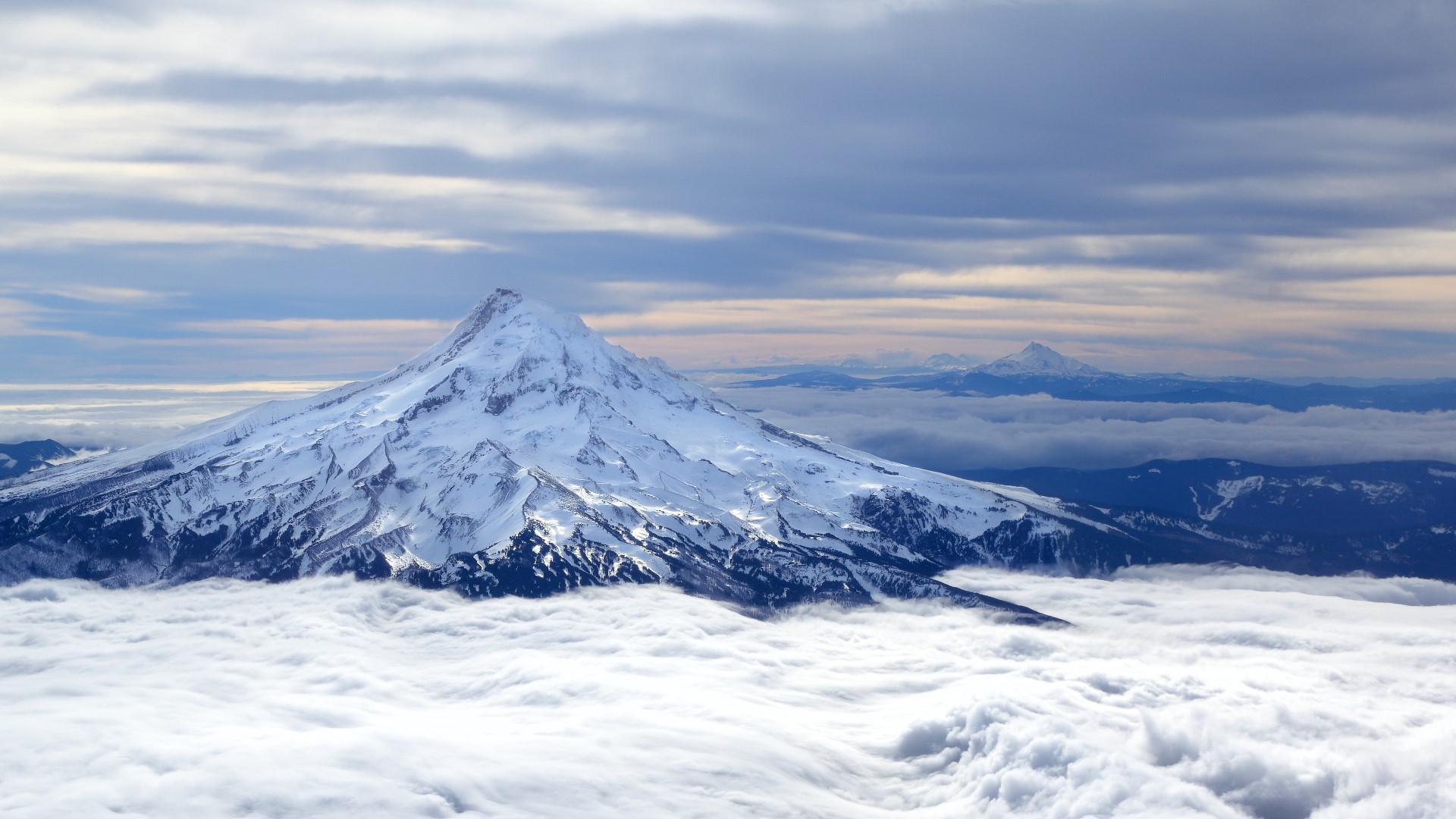MT HOOD, Ore. — After seeing an incredible start to the ski season just before Christmas, conditions on Mount Hood have really changed over the last couple of weeks, due in part to a long stretch of sunny and dry weather on the mountain.
Just two months ago, conditions on Mount Hood were a skier and snowboarder's dream. Even though the season started a little later than usual, it was quickly shaping up to a be a season to remember.
“I got my pass and I was little worried before Christmas, we didn’t have any snow and then it hit hard,” said snowboarder Cole Weatherspoon.
But those incredible gains have started to melt away over the past couple of weeks.
Things are still in good shape right now, according to Scott Oviatt, snow survey supervisor hydrologist with the Natural Resources Conservation Center, but the concern is that snowfall has flatlined since about the middle of January, meaning there hasn't really been anything added to the snowpack.
Timberline Lodge had more than 100 inches of snow depth on Jan. 1. A month later it had dropped by one inch. Coming during a period of time when the snowpack typically grows, that translates to a reduction from 132 percent of normal down to 92 percent.
The snowpack dropped across all of the Cascades in recent weeks. Without more snowfall, the numbers will continue to decrease each day, Oviatt said, putting the snowpack in a more concerning position coming off of several days of sunny and dry conditions.
Even though the forecast calls for continued dry weather the next several days, there’s still time to add to the snowpack, Oviatt said.
There have been scenarios where a very late, cool spring meant Mt. Hood got a lot of snow in March, April, and May. The spring of 2019 was an example of that, Oviatt said.

